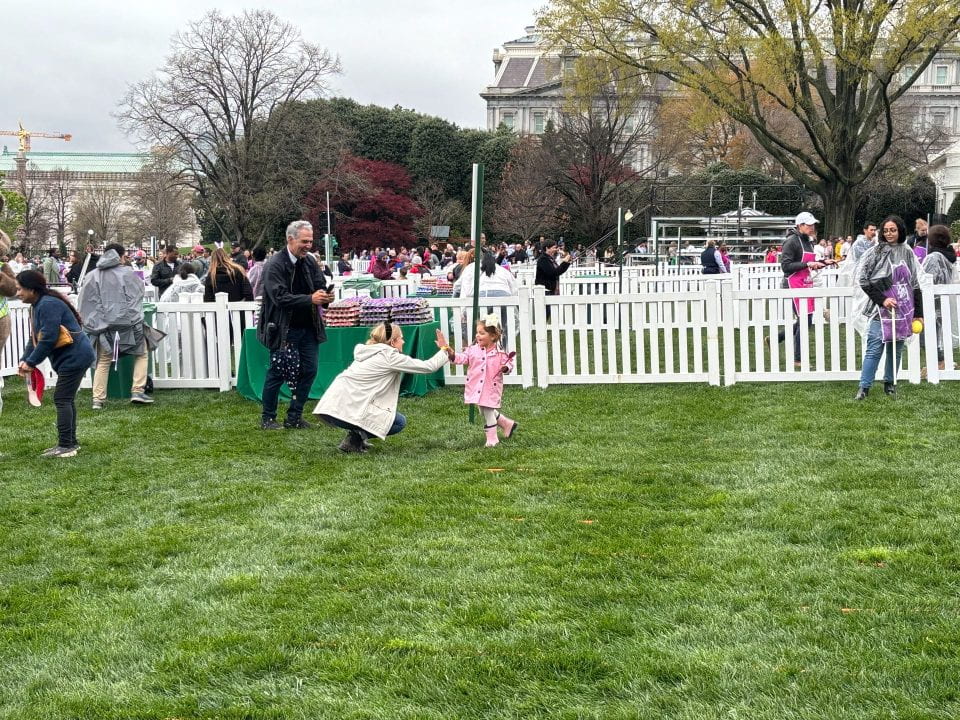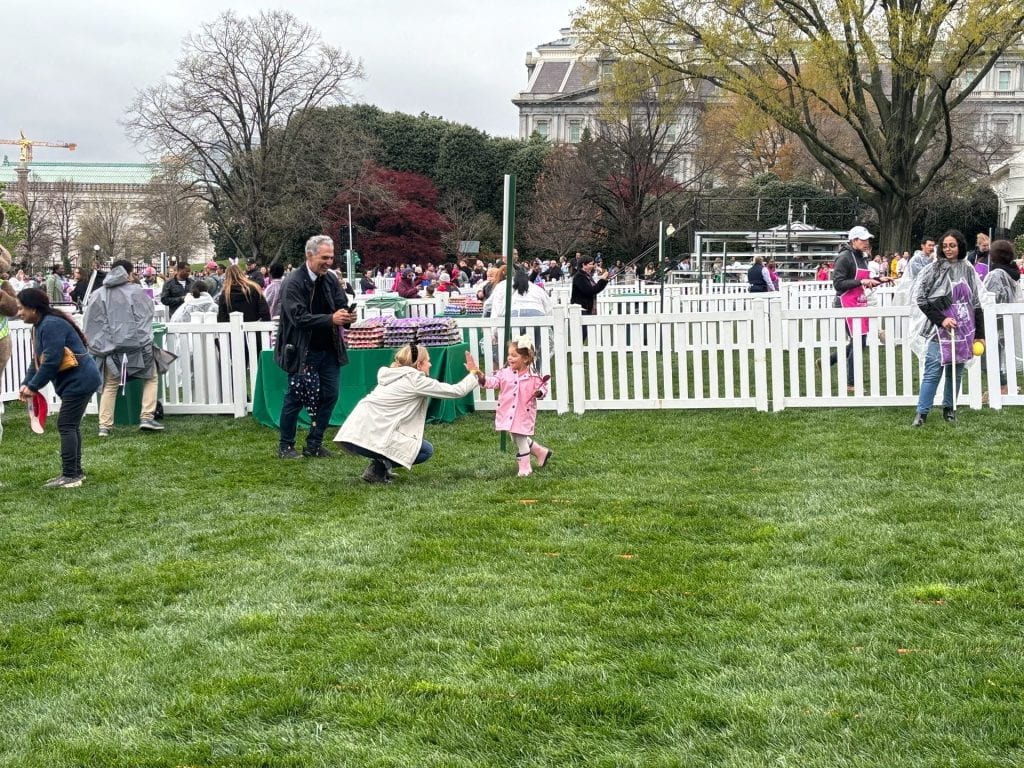
Let’s spend some time learning about occupational therapy, sensory friendly spaces, and learning about a recent initiative of GW’s Occupational Therapy program.
Occupational therapy is an allied health profession which helps people develop, recover, or maintain the occupations (or activities) of their everyday lives. Occupational therapists are found in a wide variety of settings, from hospitals to nursing homes, schools to mental health centers. OTs frequently work on an interprofessional basis, collaborating with doctors, psychologists, social workers and special education teachers to help their clients carry out their activities of daily living and increase their participation in activities. (Stein & Reed, 2020)
Occupational therapy as a discipline was officially recognized in the United States with the establishment of the National Society for the Promotion of Occupational Therapy in 1917. That organization is known today as the American Occupational Therapy Association (AOTA). The field of occupational therapy has transformed considerably since its inception just over a century ago, and its goal of achieving occupational justice has been made more concrete. AOTA included occupational justice in its Occupational Therapy Practice Framework beginning in 2014. “The framework states that occupational justice is a part of the domain of occupational therapy because environmental forces impact participation in occupation, the provision of occupational therapy services, and patient health outcomes.” (Bailliard et al., 2020) At GW, students within the OT program are trained to engage with the principles of occupational justice to support client empowerment.
One area in which GW’s OT program is engaged is the successful adaptation of environments and programs to be more sensory friendly. Program director Dr. Roger Ideishi explains, “‘Sensory friendly’ refers to creating a supportive and welcoming environment for children with disabilities. The term sensory friendly has been historically used for community programs aimed to support children with neurodevelopmental disabilities. Adaptations are made to the environment such as lessening the sound and lights to accommodate children who have sensory sensitivities.”
Sensory friendly adaptations increase opportunities for children with all types of disabilities to encounter a friendly and accepting environment. According to Ideishi, “a welcoming, non-judgmental environment makes a huge difference to children with disabilities and their families who constantly face discrimination and ridicule in public.” Ideishi has been at the forefront of the sensory friendly movement for two decades, and has advised cultural institutions including the Kennedy Center for the Performing Arts and the Smithsonian Institution.
The White House held its first sensory friendly Easter Egg Roll in 2023. In 2023, over 100 GW students and faculty from Occupational Therapy, Physical Therapy, and Speech, Language and Hearing supported the White House's efforts. This year again, over 100 OT, PT, and Speech students and faculty supported the accessibility and inclusion initiatives at the White House Easter Egg Roll. GW students and faculty contributed to the event in a number of ways, according to Dr. Ann Henshaw, Assistant Professor in the OT Program. GW affiliates assisted with sensory friendly activities; ensured wheelchairs were accessible to those in need; and, because the White House lawn is sloped, which is challenging for those with mobility deficits, they made recommendations around the location of events. Additionally, GW volunteers provided adaptive devices to allow participants with limited mobility to push the egg down the track. These devices were reachers and long handled sponges that were decorated as Peeps®, or hockey sticks with adaptive grips.
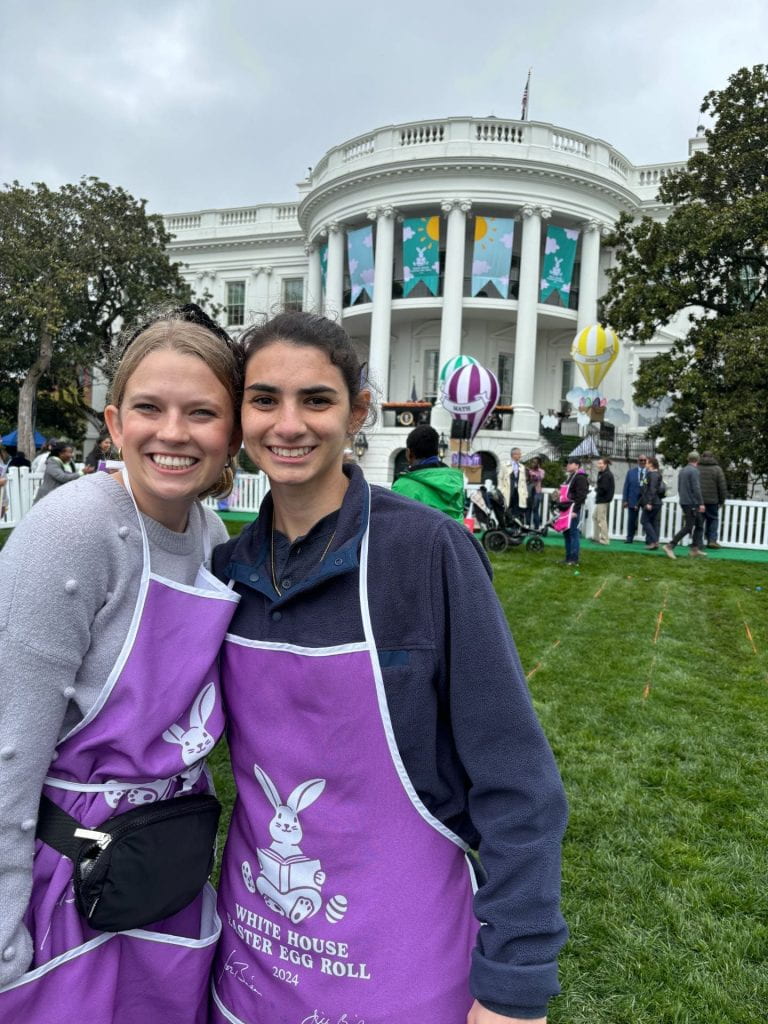
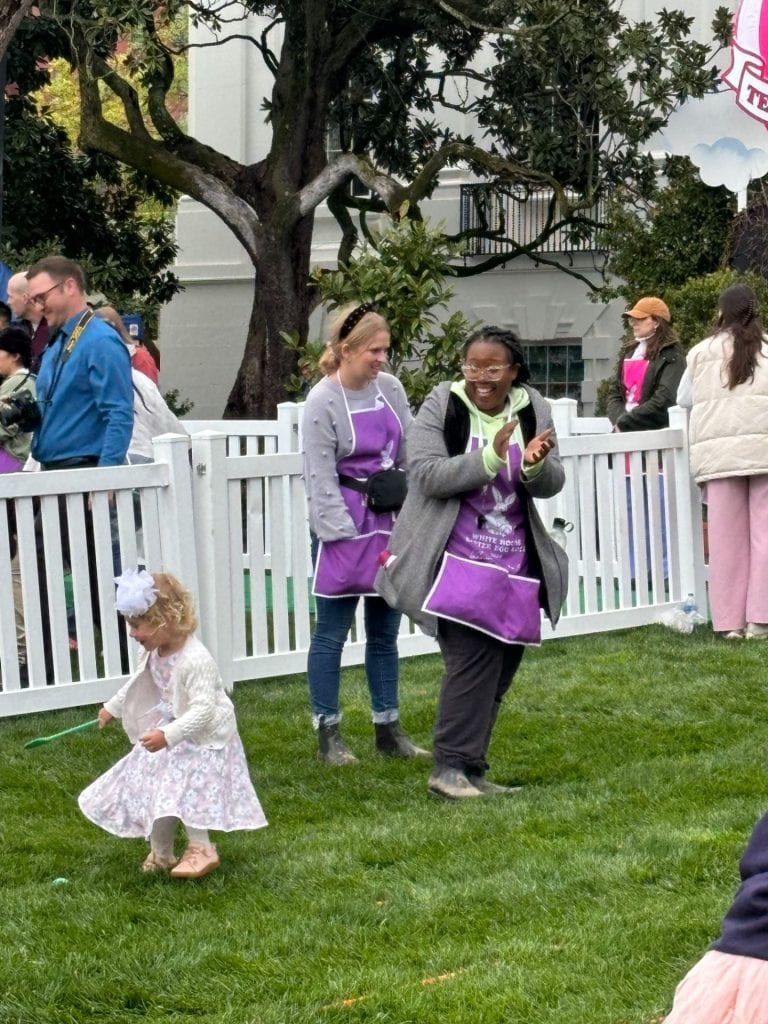

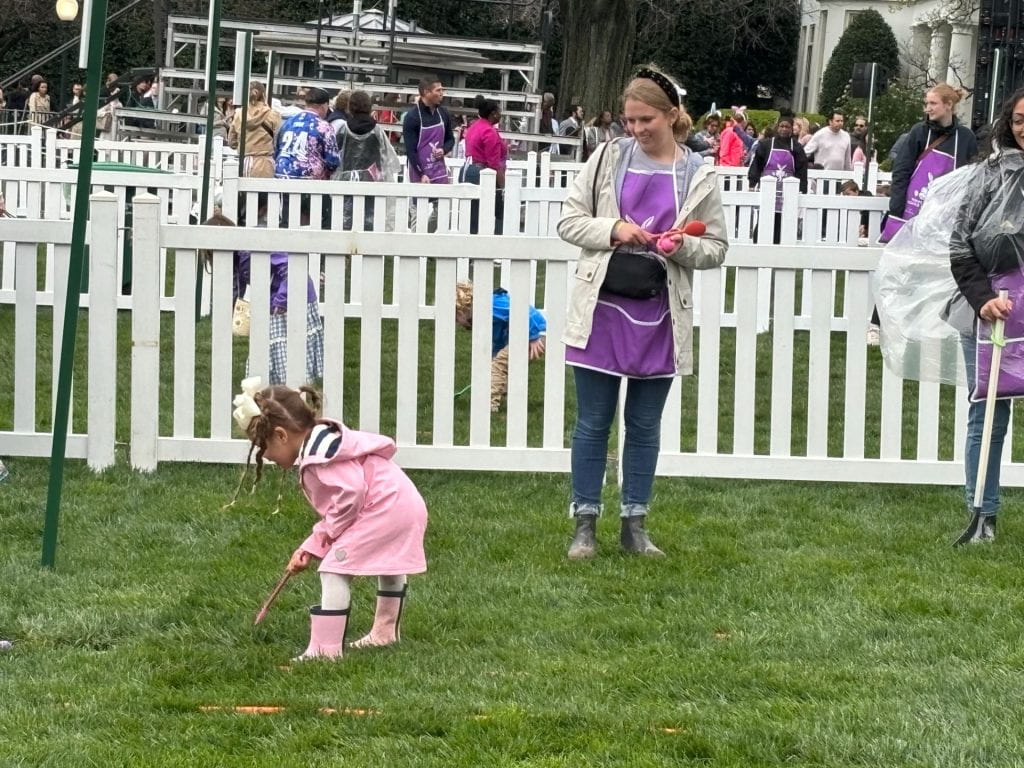
For those interested in learning more about OT at GW, a student-led information session on the entry-level OTD program will be held on April 17.
References
Bailliard, A. L., Dallman, A. R., Carroll, A., Lee, B. D., & Szendrey, S. (2020). Doing Occupational Justice: A Central Dimension of Everyday Occupational Therapy Practice. Canadian journal of occupational therapy. Revue canadienne d'ergothérapie, 87(2), 144–152. https://doi.org/10.1177/0008417419898930
Stein, F., & Reed, K. L. (2020). Occupational therapy : A guide for prospective students, consumers and advocates. SLACK, Incorporated.

